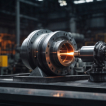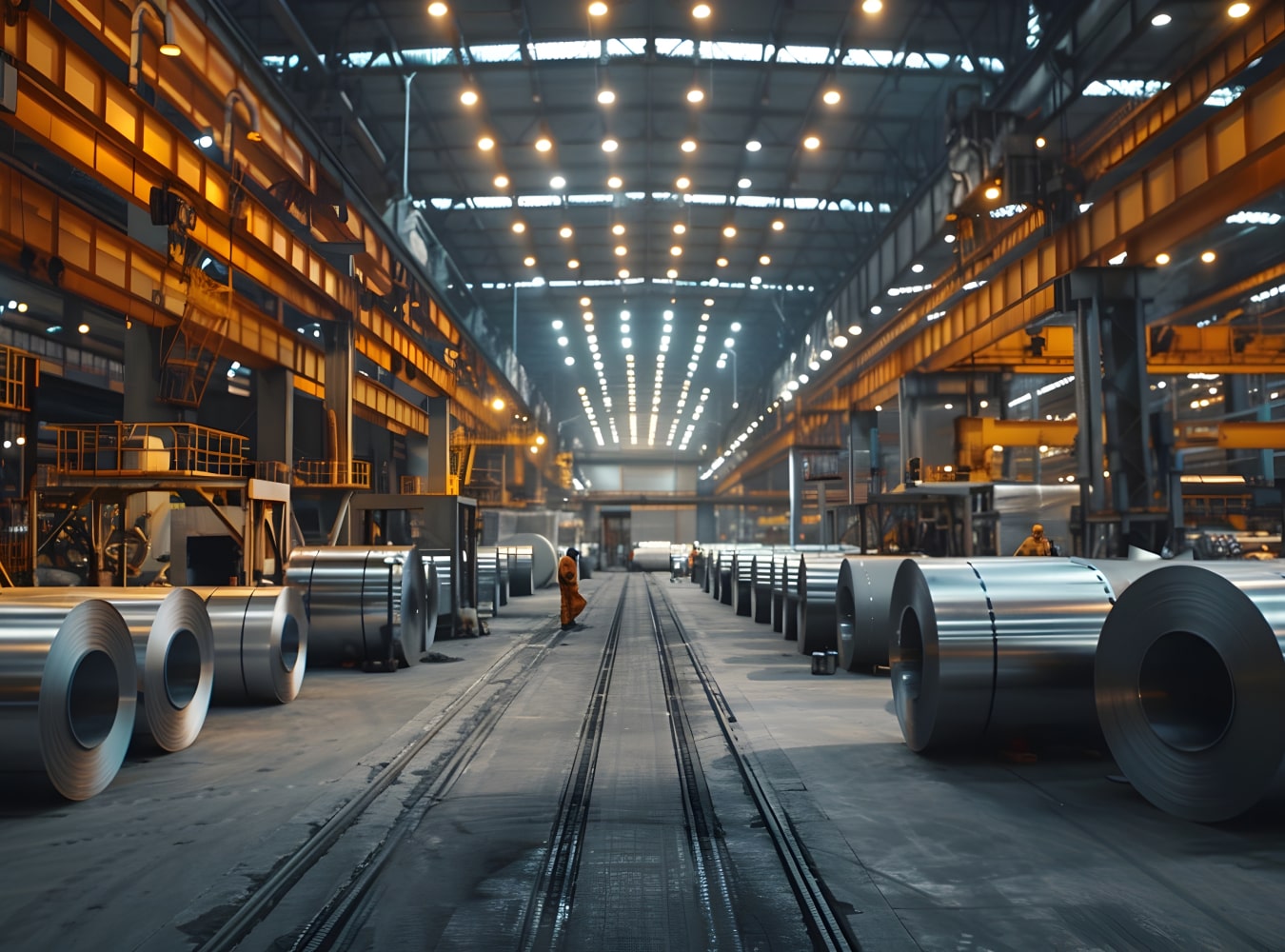Choosing the Right Valve: Gate, Ball, and Butterfly Valves Compared
Industrial processes rely on a myriad of components to function seamlessly, and valves play a pivotal role in regulating the flow of liquids and gases. Among the various types of valves, gate, ball, and butterfly valves stand out for their unique structural designs and working mechanisms. In this blog post, we will delve into the intricate details of these valves, exploring their structural designs, working mechanisms, and diverse applications.
Structural Design:
- Gate Valves:
Construction: Gate valves are characterized by a flat or wedge-shaped gate that moves perpendicular to the flow of the fluid. The gate is affixed to a stem, and the actuation (opening and closing) is achieved by rotating the stem.
Materials: Gate valves are commonly made of cast iron, stainless steel, or bronze, depending on the application and the fluid being handled.
Components: Key components include the body, bonnet, gate, stem, and actuator. The gate is responsible for obstructing or allowing the flow of the fluid.
- Ball Valves:
Construction: Ball valves feature a spherical closure element – the ball – with a hole bored through its center. When the bore aligns with the valve body inlet and outlet, the valve is open, and vice versa for closing.
Materials: Materials such as brass, stainless steel are commonly used in the construction of ball valves, providing durability and resistance to corrosive environments.
Components: The primary components include the body, ball, stem, and actuator. The ball, being the central element, controls the flow.
- Butterfly Valves:
Construction: Butterfly valves employ a disk, typically mounted on a rod, as the closing mechanism. The disk is positioned perpendicular to the flow in the closed position and parallel in the open position.
Materials: Butterfly valves are crafted from materials like ductile iron, and stainless steel offering versatility in handling different fluids.
Components: Main components include the body, disk, stem, and actuator. The disk, resembling butterfly wings, regulates the fluid flow.
Working Mechanism:
- Gate Valves:
Operation: Gate valves operate by raising or lowering the gate to control the flow of fluid. The full opening and closing of the valve allow for minimal fluid resistance, making gate valves suitable for applications where a straight and unobstructed flow is critical.
Applications: Commonly used in applications where a tight seal and low pressure drop are essential, such as in water treatment plants and pipelines.
- Ball Valves:
Operation: Ball valves operate by rotating the ball to either align or misalign with the flow path. This quick and quarter-turn operation makes ball valves ideal for applications that require swift and reliable control of fluid flow.
Applications: Widely used in various industries, including oil and gas, chemical, and pharmaceutical, due to their durability, tight sealing, and ease of operation.
- Butterfly Valves:
Operation: Butterfly valves operate by turning the disk to modulate the flow. Their simple and lightweight design allows for quick operation and is well-suited for applications where rapid control is necessary.
Applications: Commonly found in HVAC systems, water treatment, and other applications where space and weight considerations are important.
Applications:
- Gate Valves:
Ideal for applications with straight-line flow requirements.
Commonly used in water treatment plants, pipelines, and sewage systems.
- Ball Valves:
Well-suited for applications requiring quick and reliable control of fluid flow.
Widely used in oil and gas industries, and chemical processing.
- Butterfly Valves:
Suitable for applications with limited space and weight constraints.
Found in HVAC systems, and water treatment plants
Conclusion:
In the realm of industrial valves, the gate, ball, and butterfly valves each have their unique characteristics that cater to specific applications. The choice between these valves depends on factors such as the nature of the fluid, the required flow control, and the operating conditions. Understanding the structural design and working mechanisms of these valves is crucial for selecting the most appropriate solution for a given application, ensuring efficiency, reliability, and optimal performance in industrial processes.












